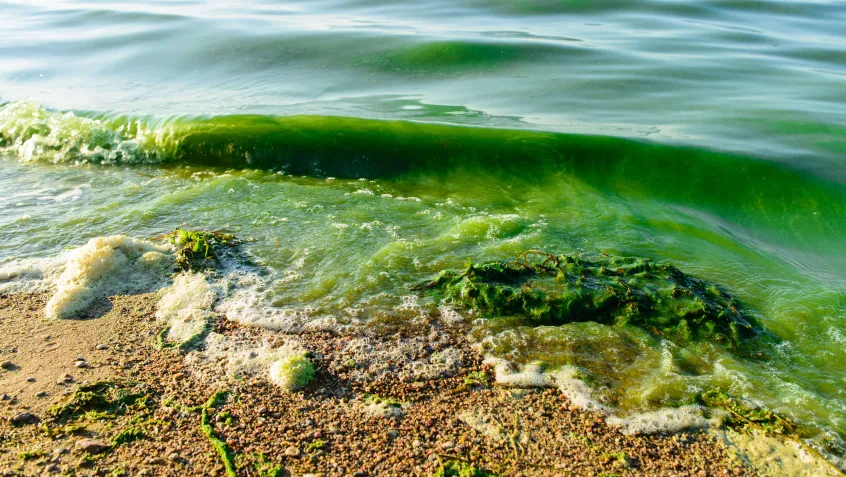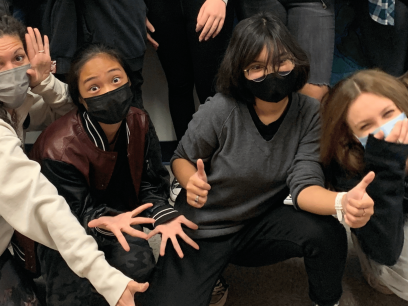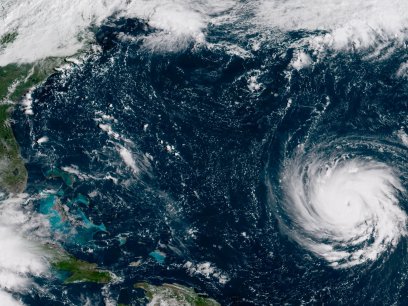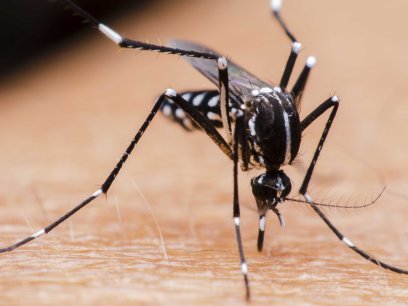Story
Five Things You Can Do to Prevent Harmful Algal Blooms

In 2019, Harmful Algal Blooms (HAB), including blue-green algae closed all of Mississippi's beaches. Much of the growth of these harmful algal blooms is exacerbated by nutrient pollution, which is a direct result of human activity. With that in mind, there are simple steps people can take to reduce nutrient pollution coming from their communities.
- Use fertilizers and pesticides sparingly, and always follow package directions. Try to check the weather forecast before application to make sure you're not immediately preceding a rainstorm—the precipitation can wash away your fertilizer into local streams, wasting the product and your money.
- Pick up after your pet. Even if Fido is answering nature's call inside of your own yard, stormwater runoff ignores property lines, and can wash the waste into nearby storm drains and streams. Pet waste is high in nitrogen and phosphorous and encourages algae growth.
- When your car needs a wash, take it to the pros—washing your car on your driveway means that the soapy water could go right down a storm drain, and out into a waterbody, contributing the detergent to nutrient pollution. Commercial car washes are required to dispose of the wastewater properly.
- Reduce the number of impervious surfaces—where the ground is solid, like on asphalt or concrete—on your property. By switching to pervious surfaces, precipitation is filtered into the ground rather than allowed to wash across the surface, where it can pick up trash and other pollutants before flowing into a storm drain.
- Have your home septic system inspected regularly to check for leaks, and have the system pumped regularly. If you have a home septic system, try to avoid the use of your garbage disposal—this will contribute unnecessary solids to the septic system that you can dispose of elsewhere, causing the tank to fill more rapidly.
Though some state and local governments are funding and developing plans to combat HABs in their areas, individual action continues to be an important part of prevention.
Learn more about what people in your community are doing to cut down on nutrient pollution here.
Topics


